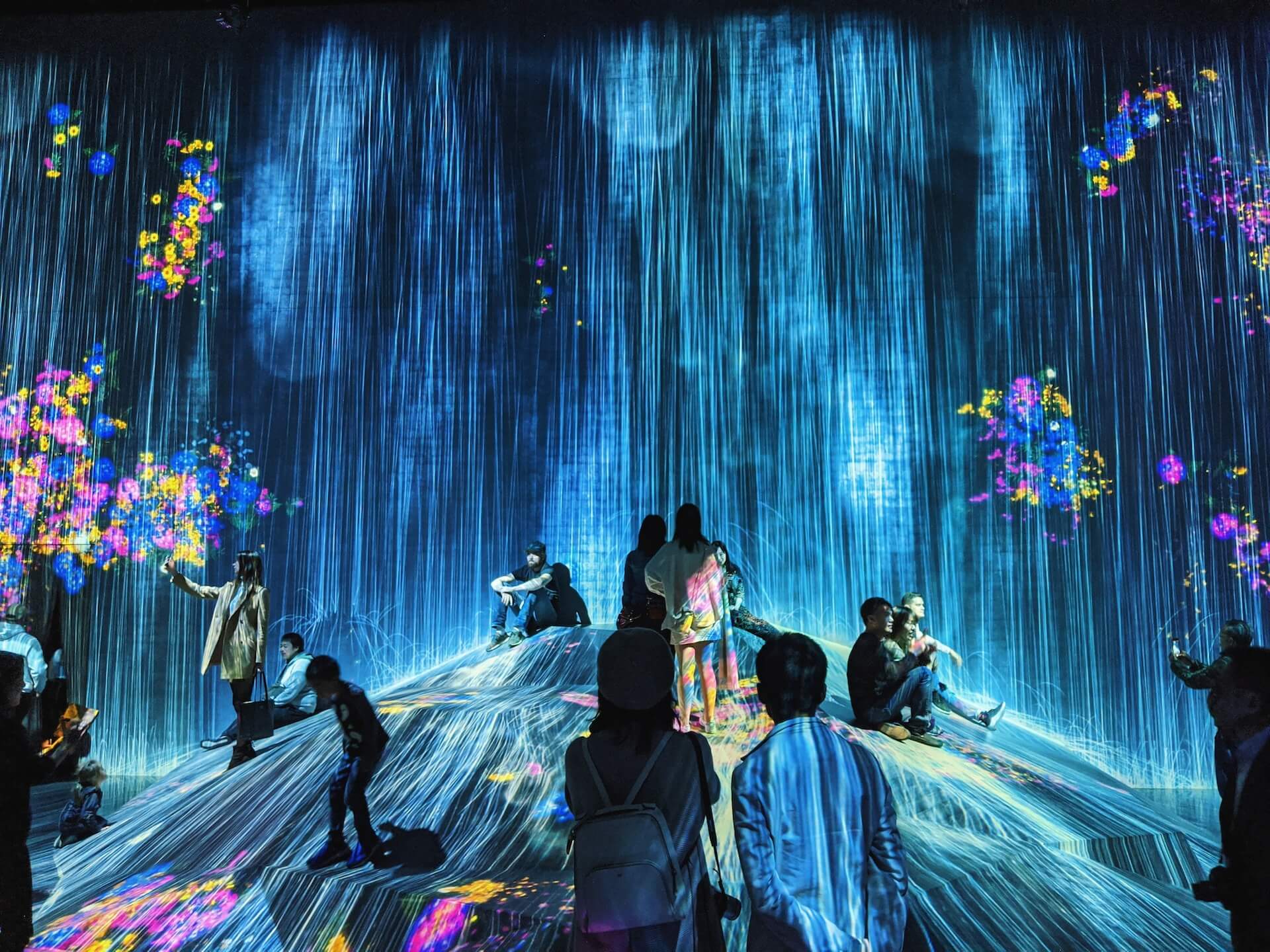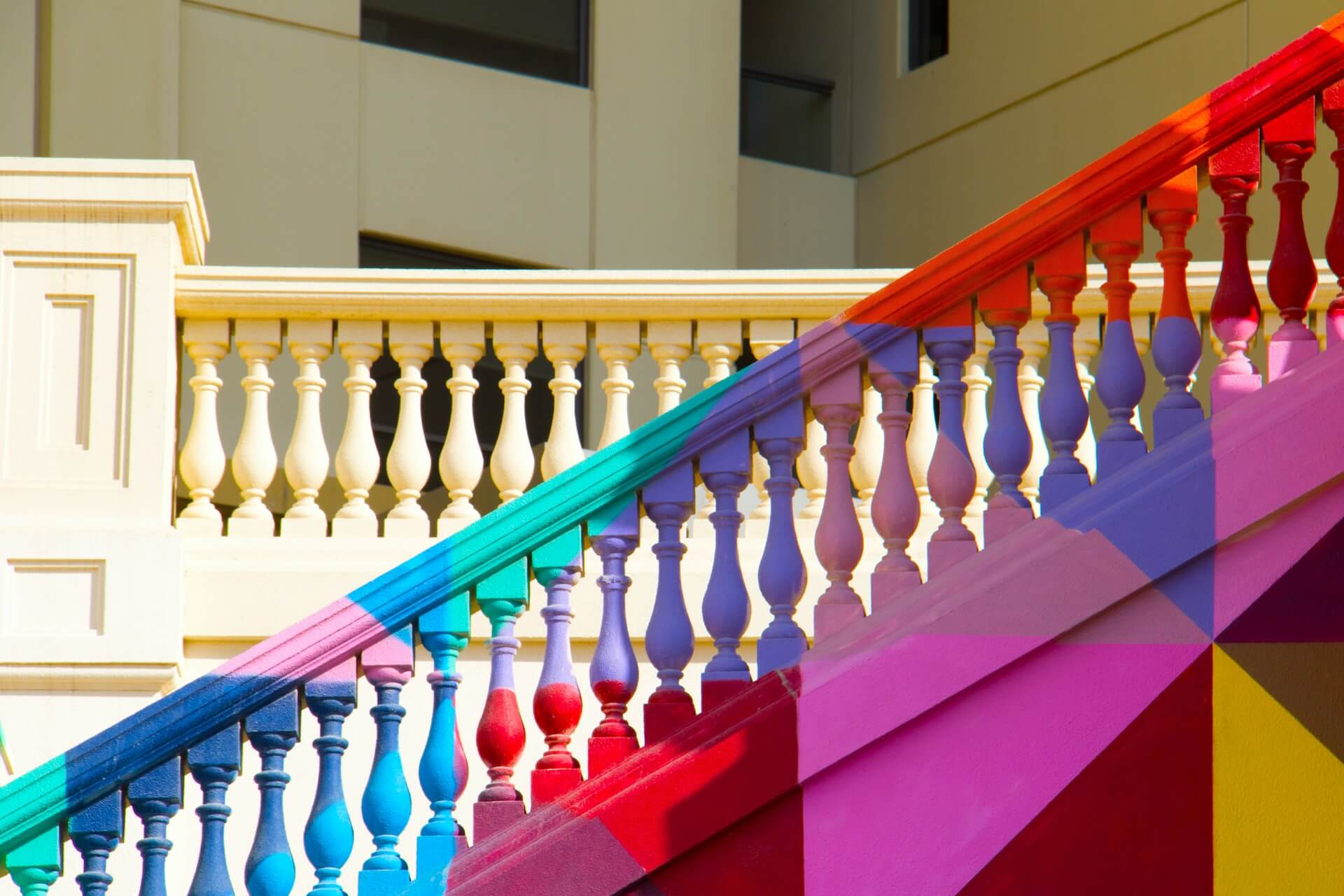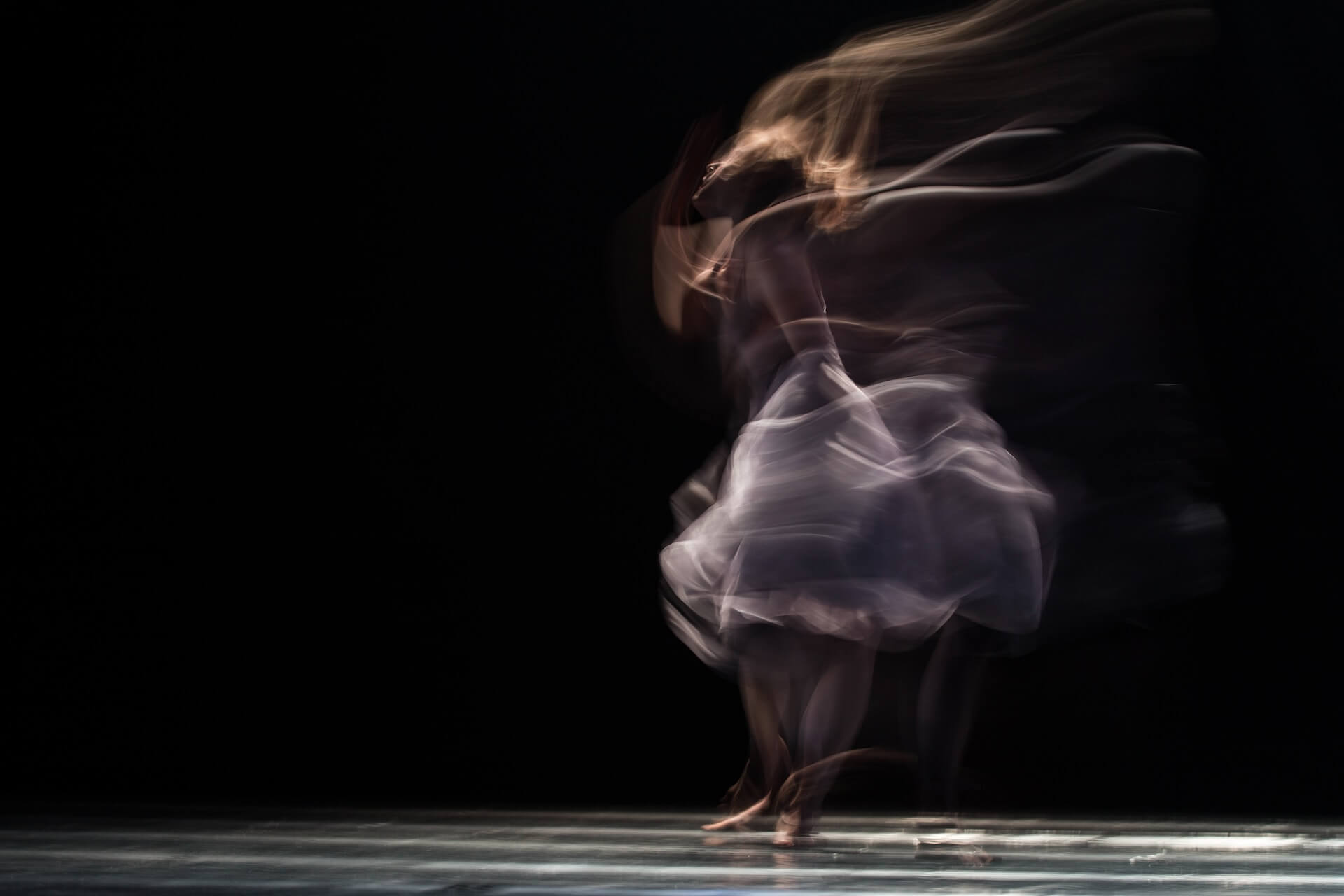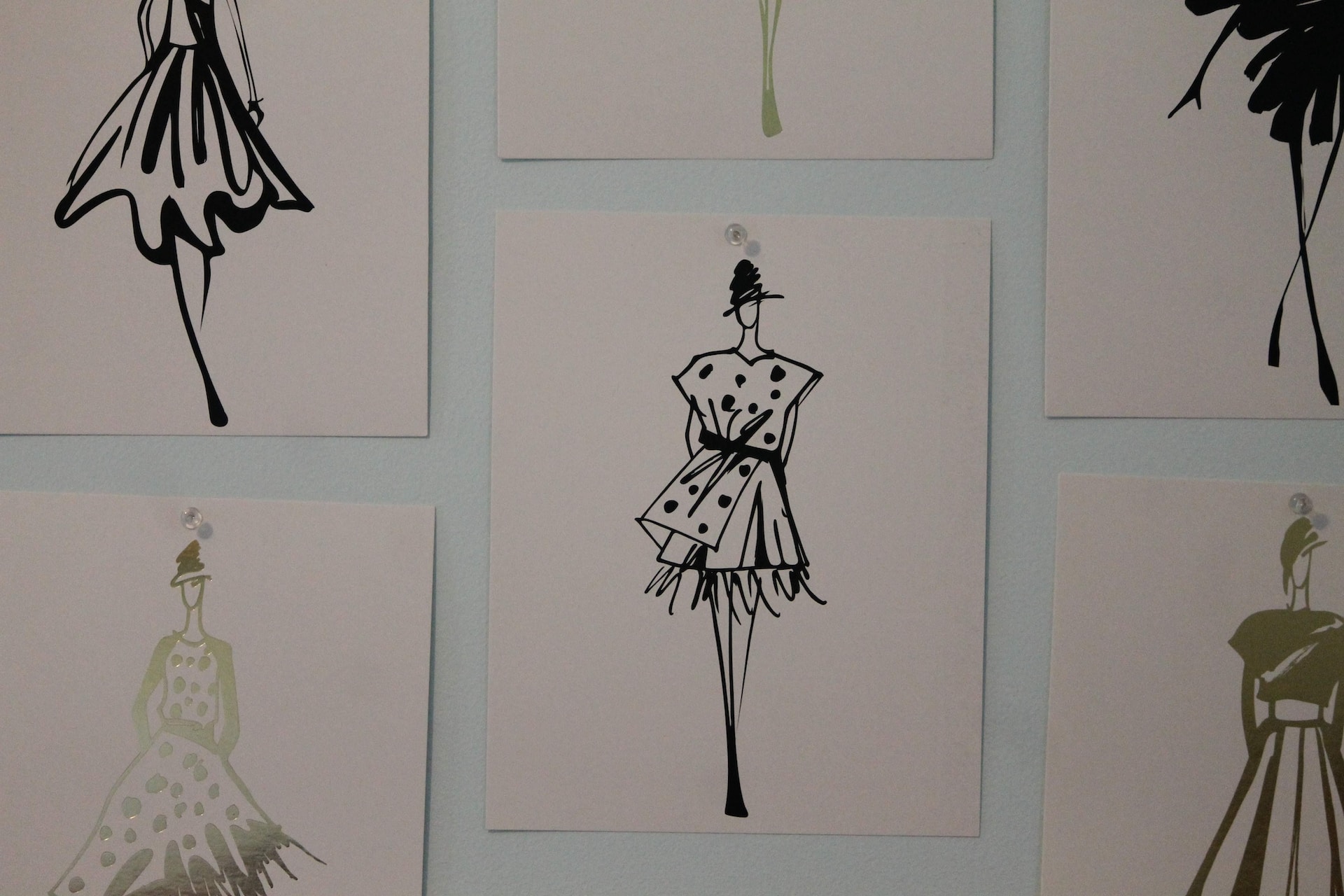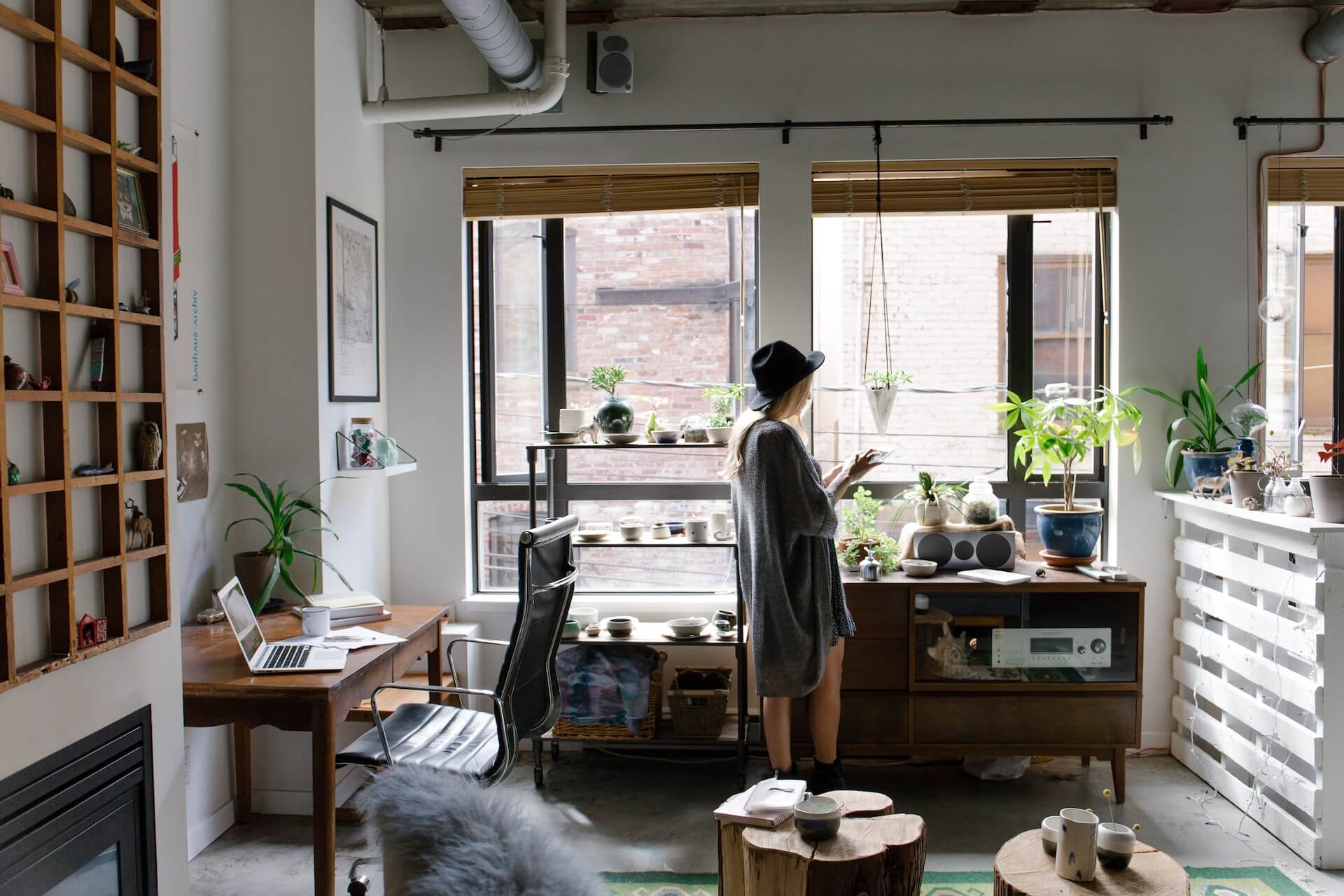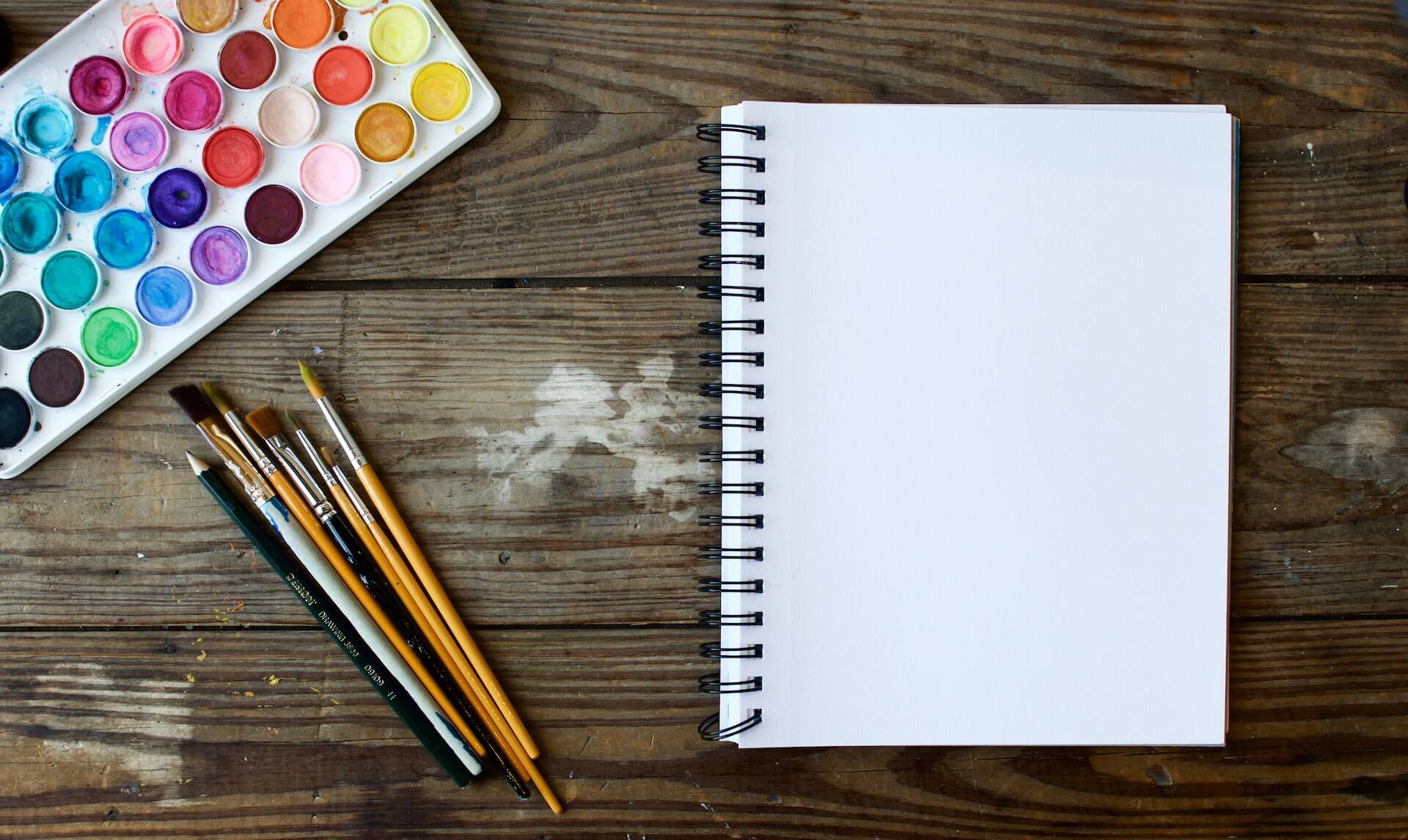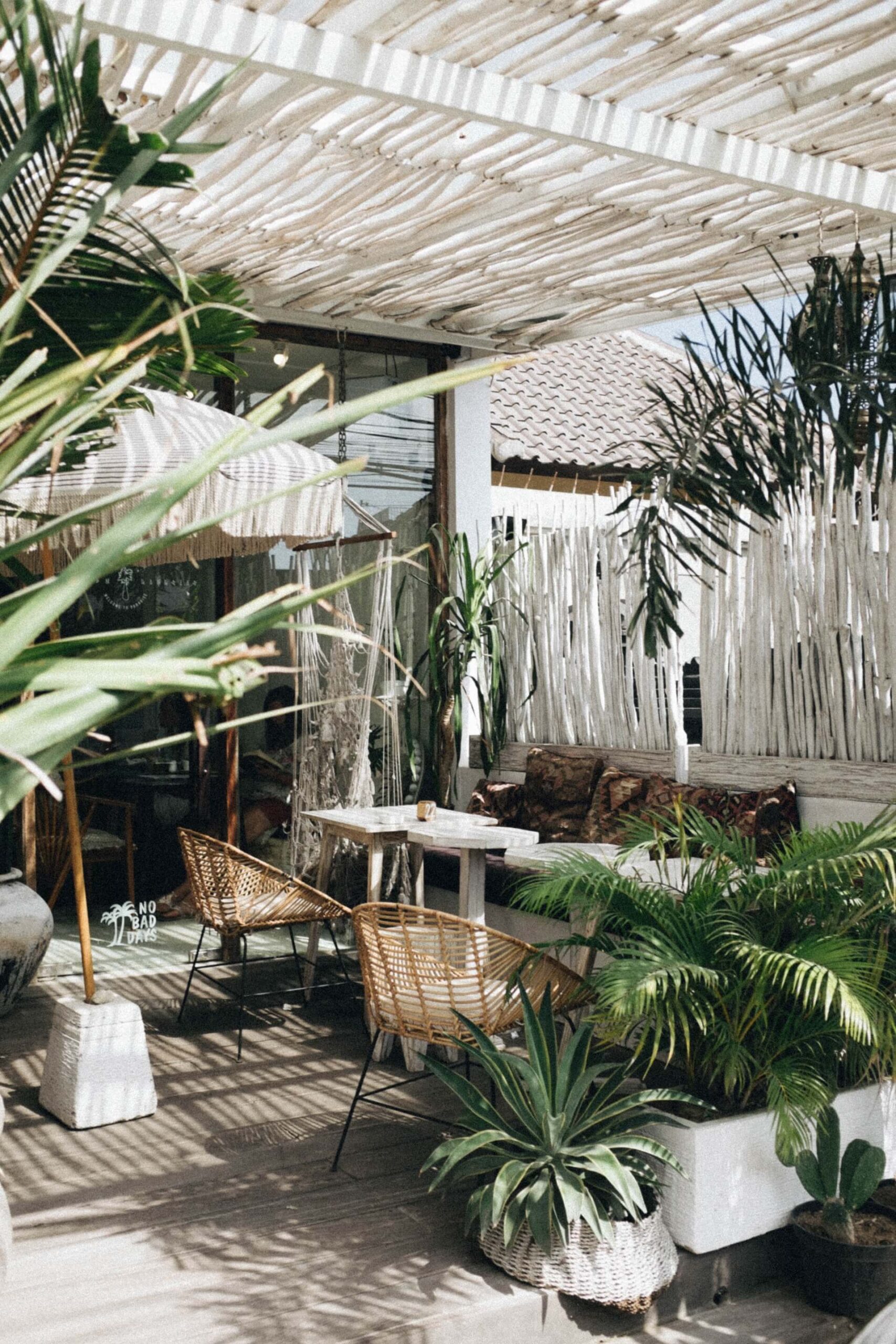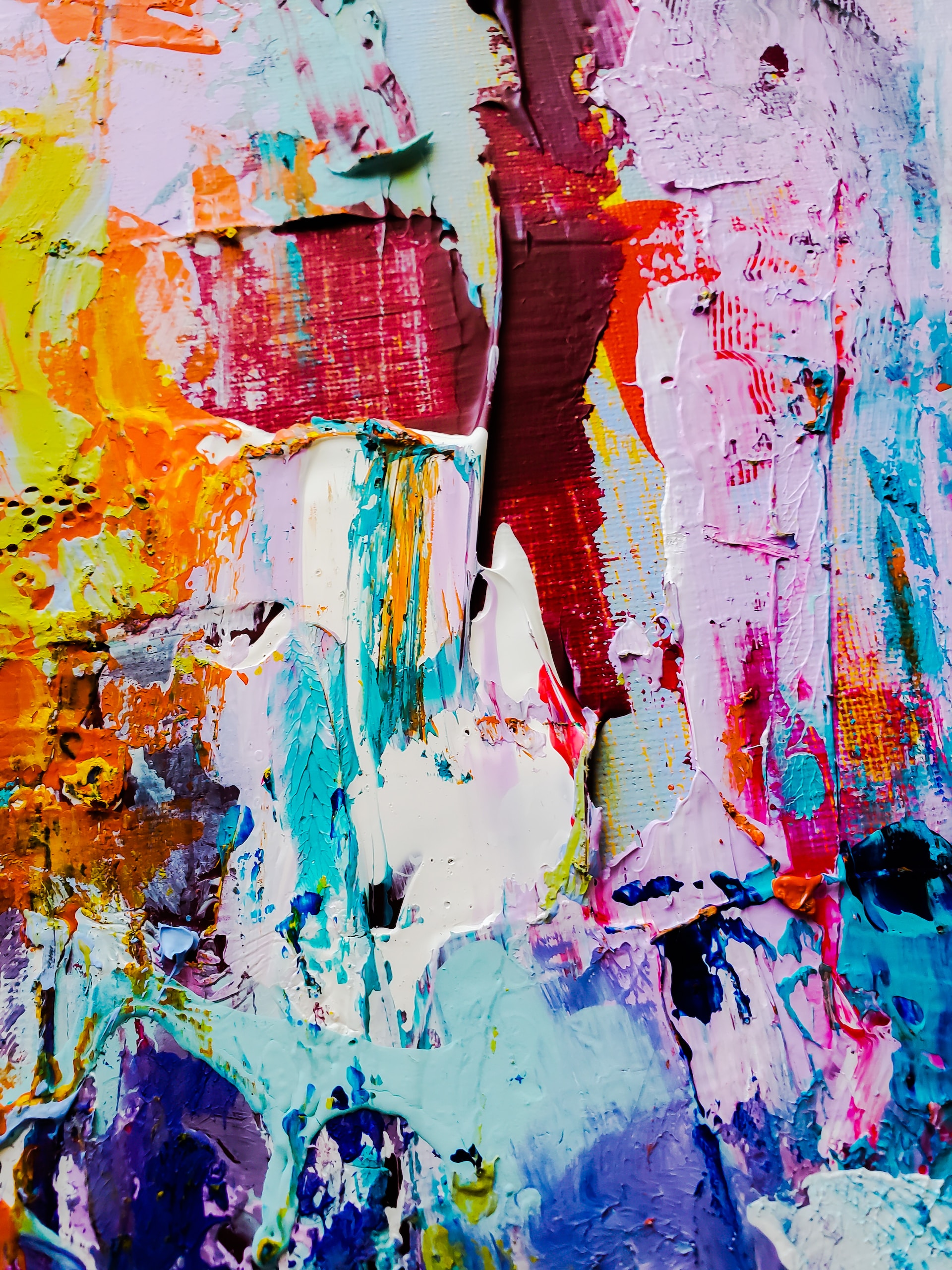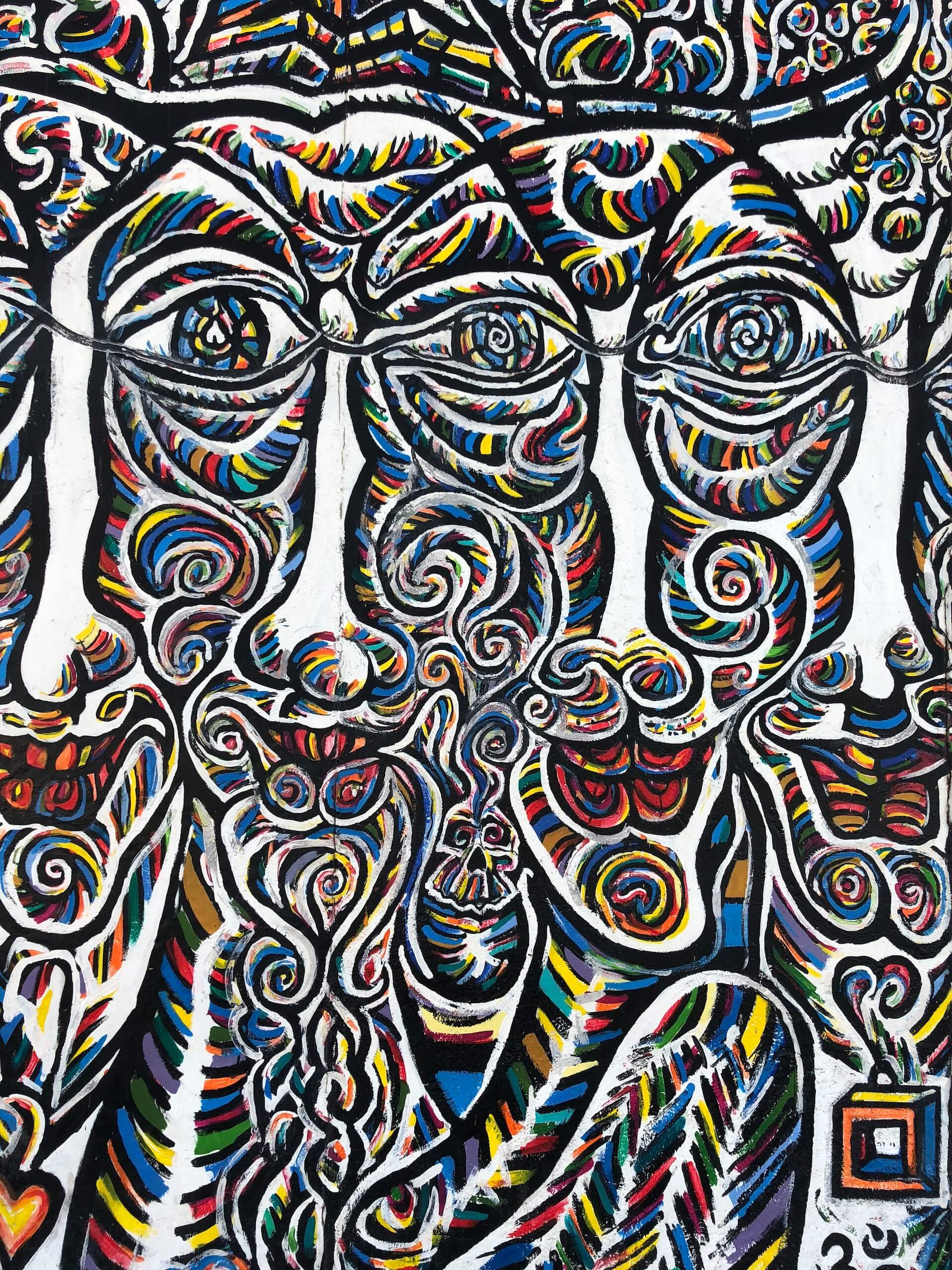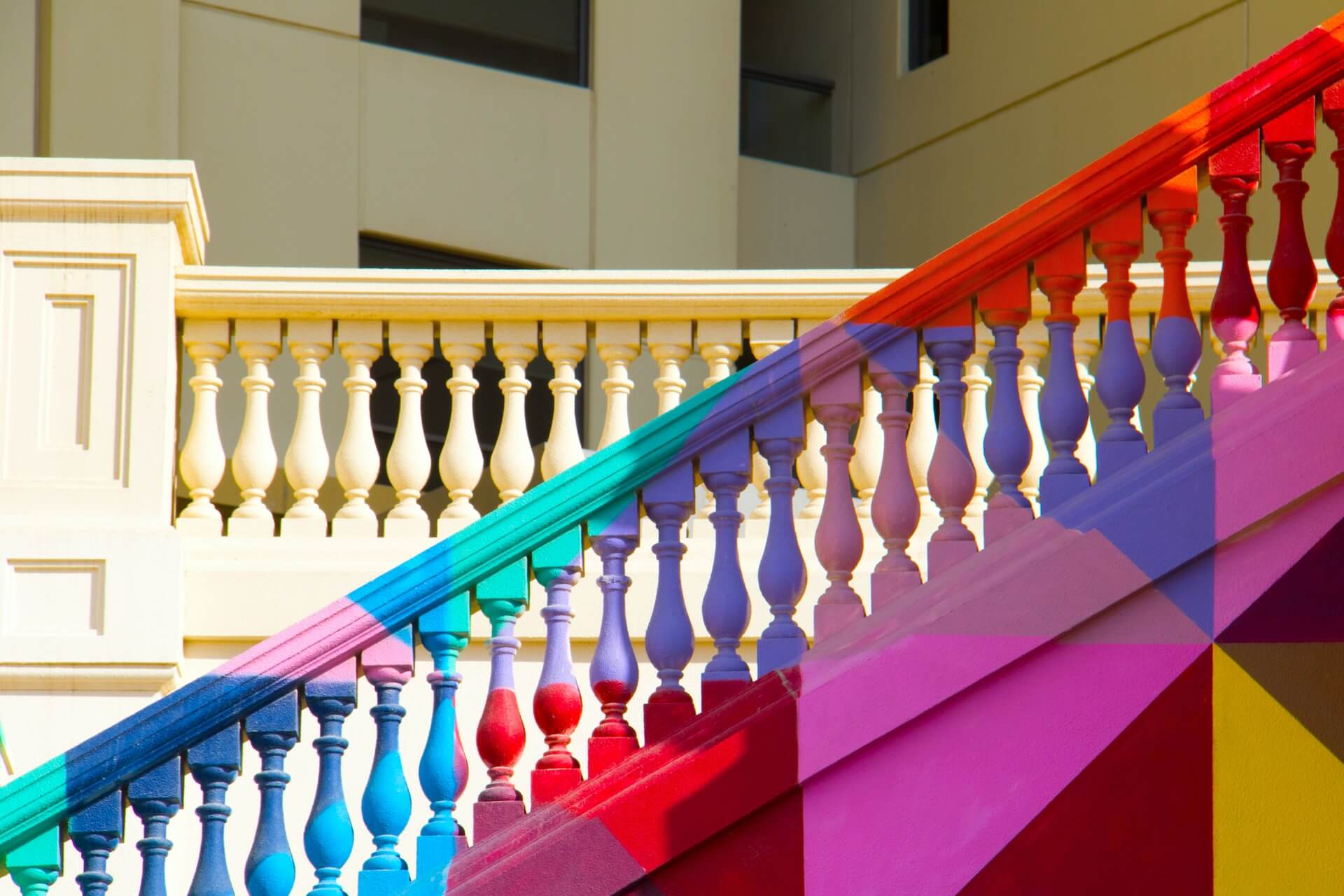
Color is an incredible expression of emotion that can have a huge impact on our moods and feelings. Whether it’s the sight of a bright yellow sunflower or the soft texture of pastel pink petals, colors have been proven to evoke strong emotions, such as happiness and relaxation.
And if you’re looking for more ways to express yourself through color, there are plenty of ideas out there! From creative wall murals to dressing up your wardrobe with vibrant hues this blog post will explore how letting colorful expressions take over your life can positively affect your emotional well being. So let’s get started transforming emotion into beautiful works of art!
Understanding Acrylics
Acrylic paint is a versatile medium that can stir up a kaleidoscope of emotions in any artist and audience. Its hues can signify anything from passion and power to tranquility and peace. But how do we choose the right colors to evoke the right emotions and convey the desired message?
That’s where color theory and psychology come in! Understanding the basics of color and how they interact with each other, as well as how they affect our moods and attitudes, is key to mastering acrylics.
Whether you’re painting a serene landscape or a bold abstract, don’t underestimate the power of color to convey meaning and emotion in your art.
Techniques for Creating Luminous Color Swatch
Color can have a powerful impact on our emotions and mood. As artists, understanding color theory and color psychology can help us create breathtaking and captivating artwork. Creating a luminous color swatch is one technique that can enhance the overall effect of our art and emotions pieces.
By choosing colors that complement each other or contrast in the right ways, we can evoke certain emotions and set the tone for our artwork. Imagine a sunset scene with a warm orange and pink sky that creates a feeling of warmth and happiness.
Or a dark and gloomy forest with a hint of purple that creates a sense of mystery and eeriness. These are just a couple of examples of how powerful color can be in creating art. A well thought out and carefully crafted color swatch can truly bring your artwork to life.
Creative Ways to Work With Impasto
Are you looking to add some texture and dimension to your paintings? Look no further than impasto! This fun technique involves applying thick layers of paint to your canvas, creating a three-dimensional effect that will grab your audience’s attention.
But why stop there? You can take your impasto paintings to the next level by getting creative with your color choices. Did you know that colors can evoke different emotions and feelings in viewers?
By utilizing color psychology and color theory, you can enhance the impact of your impasto art and create an even more powerful visual experience. Let your creativity run wild with impasto and explore the limitless possibilities of this vibrant medium.
Choosing the Right Brushes and Tools
Choosing the right brushes and tools can take your art to a whole new level. But did you know that the colors you choose can affect your emotions and perception? That’s right, color theory and psychology go hand in hand with art.
So, before diving into your next masterpiece, consider the emotions you want to convey and choose your colors accordingly. Are you painting something calm and serene? Go for softer blues and greens.
Want to create a bold and intense piece? Reds and oranges will do the trick. Your brush strokes may be masterful, but the colors you choose can evoke a whole other level of emotion in your art.
Achieving a Variety of Finishes with Glazing and Glazing Mediums
Are you ready to take your painting game to the next level? Look no further than glazing and glazing mediums for achieving a variety of finishes in your artwork. Not only will you expand your technical skills, but you’ll also tap into the fascinating worlds of color theory, art and emotions, and color psychology.
Imagine the emotional impact of a soft, diffused glaze over a vibrant background versus a bold, glossy finish over a subdued palette. The possibilities are endless with the power of color and glaze!
Don’t be afraid to experiment and explore the full range of effects you can create with these techniques. Your art and your viewers will thank you. All in all, acrylic paint has the capacity to be far more than just a basic painting material.
By understanding color theory and psychology, we can make informed decisions on which colors should be used for any piece – regardless of whether its purpose is to evoke passion or calmness. Ultimately, this allows us to create artwork that can speak louder with color than with words.
Create your own masterpiece today and explore how colors can add more depth to your work! And if you’re looking for more guidance on the basics of acrylic paint techniques, check out our Painting Basics Blog for plenty of tips and inspiration. Happy creating!




